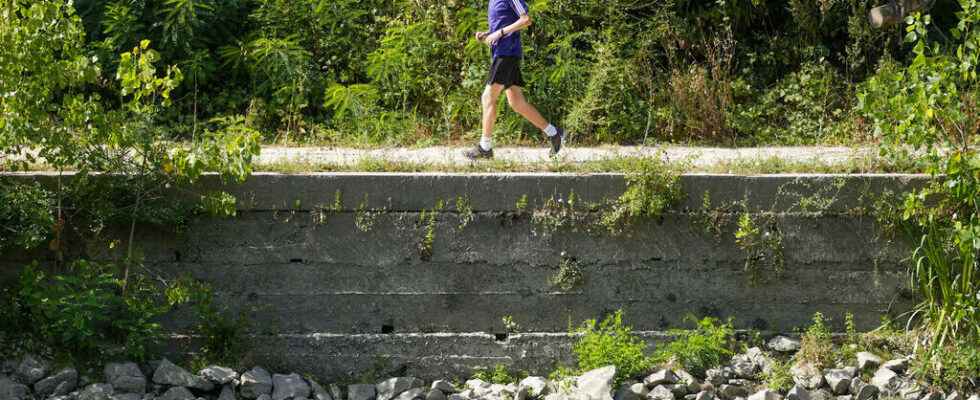Still reeling from the tragedy caused on July 3 by the partial rupture of the Marmolada glacier, in the Dolomites massif, which left at least seven dead and eight injured, and a dozen people missing, the Italians must comply particular restrictions against drought due to the effects of climate change but also to the waste of water.
From our correspondent in Rome,
In several regions, municipalities ration access to drinking water. And the situation does not seem to be heading for an improvement after months of almost no rainfall and weeks of early heatwave.
The peninsula’s largest water reservoir is drying up
Meteorologists predict a scorching summer across the country. The most striking example is that of the Po, the largest river in Italy whose water level is, depending on the location, between 30 and 70% lower than the average for the season. However, in the Po plain, the drying up of the river is jeopardizing a third of national agricultural production and half of livestock farming.
More than 150 mayors of municipalities in the north-west and north-east have therefore signed ordinances which limit the supply of drinking water to households or prohibit watering gardens, filling private swimming pools and washing cars. The measurements are more or less funny. In Milan, all decorative fountains have been closed. Near Bologna, the mayor of a village has banned hairdressers from doing more than one shampoo per customer. And even Verona, the city of Romeo and Juliet, is no exception to restrictions, day and night.
Avoid wasting water
In the Center and South regions, many town councilors have decided to authorize the use of water in small amounts for non-essential services. Particularly in Sicily where 70% of the territory has been threatened for a long time by desertification. But it must also be said that there is a lot of water wastage throughout the peninsula.
There is a chronic inability of Italy to maintain or renovate infrastructure for the delivery of water. To the point that 37% of that which passes through the aqueducts is lost. In addition, Italians use 237 liters of water per day per person, compared to an average of 120 liters in other European countries. These are all factors that aggravate the effects of climate change.
Five northern regions in a state of emergency
The government has declared a state of emergency in five regions particularly affected by the drought. For the regions concerned: Lombardy, Emilia-Romagna, Piedmont, Friuli-Venezia Giulia and Veneto, it will be easier to obtain additional resources to help the sectors most in difficulty, those of agriculture, animal husbandry, but also fish farming.
In addition, the inhabitants of these regions will be supported by the Civil Protection, as happens in all cases of natural calamity.
► Read also : Glacier collapse in Italian Alps kills at least six
